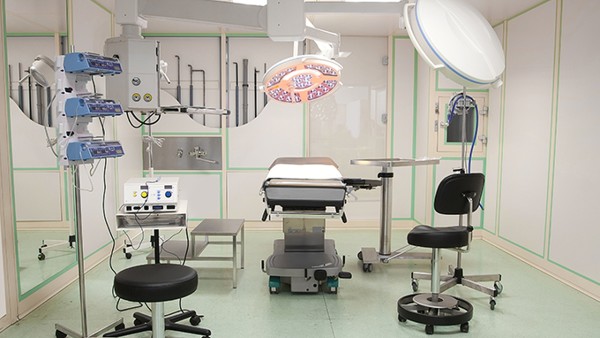During Childbirth, Be Careful of These Four Fetal Positions

Giving birth is a beautiful and amazing experience, but it can also be a bit scary, especially if you're a first-time mom. One of the things that can make childbirth more challenging is the position of the baby.
The baby's position is determined by the way it is lying in the uterus. There are four main fetal positions:
Vertex presentation: This is the most common fetal position, with the baby's head down and facing the mother's back.
Breech presentation: This is when the baby's bottom or feet are down instead of the head.
Transverse presentation: This is when the baby is lying sideways in the uterus.
Face presentation: This is when the baby's face is down instead of the head.
Most babies are born in the vertex presentation. However, about 3-4% of babies are born in a breech position, and about 1% of babies are born in a transverse or face presentation.
Breech presentation
A breech presentation can make childbirth more difficult because the baby's head is not engaged in the pelvis. This can lead to a longer labor, increased risk of tearing, and the need for a cesarean section.
There are a number of things that can increase the risk of a breech presentation, including:
Having a history of breech presentations
Having a multiple pregnancy
Having a small pelvis
Having an abnormal uterus
Having a large baby
If you are having a breech presentation, your doctor will likely recommend a cesarean section. This is the safest way to deliver a breech baby.
Transverse presentation
A transverse presentation is also more likely to lead to a cesarean section. This is because the baby cannot be delivered vaginally in this position.
There are a number of things that can increase the risk of a transverse presentation, including:
Having a history of transverse presentations
Having a multiple pregnancy
Having a large baby
Having an abnormal uterus
Having a low amniotic fluid level
If you are having a transverse presentation, your doctor will likely recommend a cesarean section. This is the safest way to deliver a transverse baby.
Face presentation
A face presentation is the least common fetal position. This is because the baby's face is not designed to withstand the pressure of childbirth.
There are a number of things that can increase the risk of a face presentation, including:
Having a history of face presentations
Having a multiple pregnancy
Having a small pelvis
Having an abnormal uterus
Having a large baby
If you are having a face presentation, your doctor will likely recommend a cesarean section. This is the safest way to deliver a face baby.
What can I do if my baby is in a breech, transverse, or face presentation?
If your baby is in a breech, transverse, or face presentation, there are a number of things you can do to try to turn the baby. These include:
External cephalic version (ECV): This is a procedure in which your doctor will try to turn the baby from the outside of your uterus. ECV is most successful if it is done between 36 and 37 weeks of pregnancy.
Spontaneous version: This is when the baby turns on its own. Spontaneous version is more likely to happen if you are having a breech presentation.
Cesarean section: This is the safest way to deliver a baby in a breech, transverse, or face presentation.
If you are concerned about your baby's position, talk to your doctor. They can help you determine the risks and benefits of each option and make the best decision for you and your baby.
The above is all the content that the editor wants to share with you. I sincerely hope that these contents can bring some help to your life and health, and I also wish that your life will be happier and happier.
Topic: #be #careful #during















